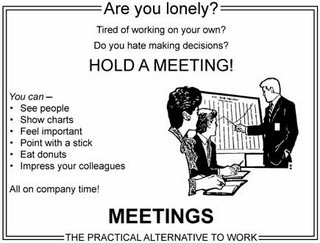I recently read a short blog post at 37signals about the glory of not having to commute. While reading this post and the comments made, I was reminded once more of a feeling I have quite regularly:
I miss my commute.
Seriously, what I wouldn’t give for a solid 30 minute train ride to work and back. The problem that I have is that my commute is too short and I feel like it’s such a waste of time, because I get nothing done except maybe a bit of listening to podcasts.
Now, I have been an avid commuter for the last eight years or so. I had to travel from Bonn to Cologne for about one and a half years, before we moved to Leverkusen, which made my commute to work a bit shorter, but still long enough to spend reading. Even when I worked in Leverkusen for two years, I preferred the longer bus ride to taking the train, because it gave me a bit of time to read or listen to music.
Sure, we moved here because of my job and in theory the idea of only being one train stop away from work sounded great, but I sometimes end up taking the streetcar which takes more than five times as long, but apart from stopping a bit closer to where we live also allows me to sit and relax for 15 minutes.
Now, I know that commuting can suck. I know about having to wait for late trains, missing connections, sprinting up and down stairs to the platform just to get there in time, freezing in winter or being rained upon in autumn. I have never really commuted by car though, so I can’t really share any stories about that. On the other hand, I also don’t get why people would commute by car when there is decent public transportation.
Fact is that I think I never read as much as I did the nine months that I took the train from Leverkusen to Düsseldorf each day. This was a one hour train ride each way – which is also what I consider the longest a commute should be – and I got so much reading done during that time, it was simply amazing. The key to a good commute is not having to change trains more than once (or maybe twice) and spending the majority of the time in one train, so you can just sit down, relax, and do what you want to do.
I seriously feel deprived of this sacred alone time. Alas, if you don’t like to read, listen to music, podcasts, watching videos or playing with your notebook, then a commute might not be the thing for you. For us people who do like these things, 30 minutes on a train can be the time of the day where we can for once relax a bit, because it is the only time where you might not be distracted by this and that and just able to concentrate on these things we like to do.
Oh man. I miss my commute.
